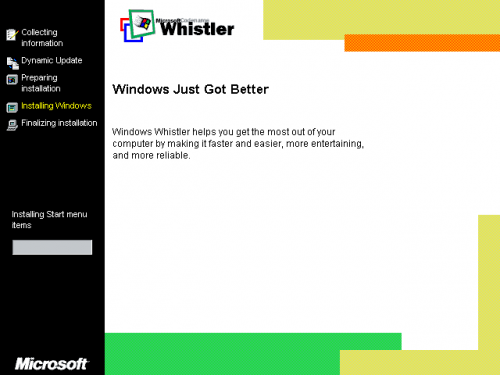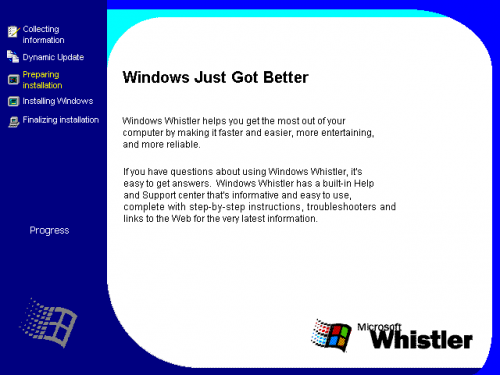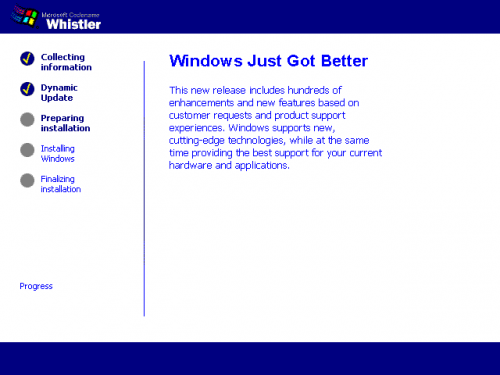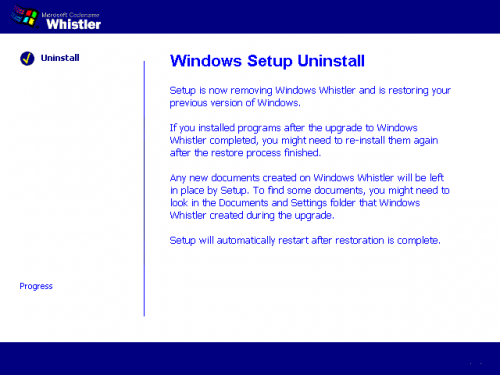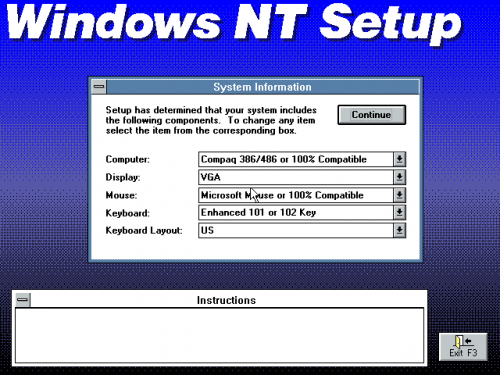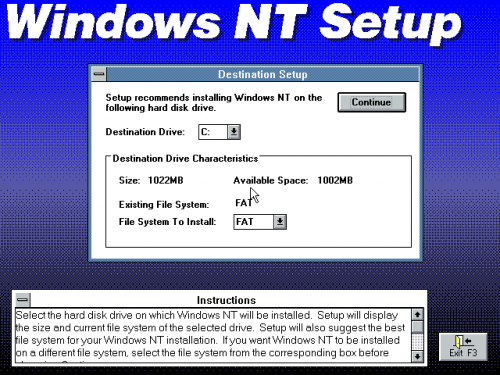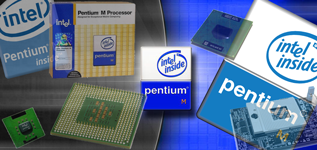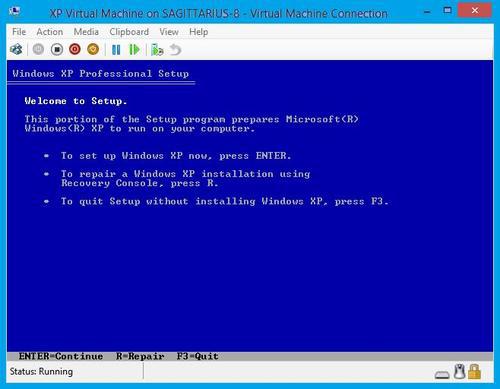
You all know this screen, it's Windows XP setup. At this step Windows XP kernel and drivers are already started and working. You may think; "but there is no text mode in NT system at all, it was removed during Windows 2000 development" and I will say: yes, you are right, but this text mode is directly used by USETUP and SETUPDD.SYS.
What is USETUP and session manager?
So, in Windows NT, kernel loads SMSS.EXE which is session manager, this program starts such programs as WINLOGON.EXE and switches to the graphics mode. We can't start SMSS because it's native application, which can be started only in it's environment or by kernel or drivers. Drivers are native applications too (correct me if it's wrong)
There are a lot of NT/Kernel applications inside of system32. Maybe you know something about this entry in registry
Code: Select all
HKLM\CurrentControlSet\Control\Session Manager\Boot ExecuteThis is the list of the kernel programs which will be executed before starting Session Manager (which will start user environment).
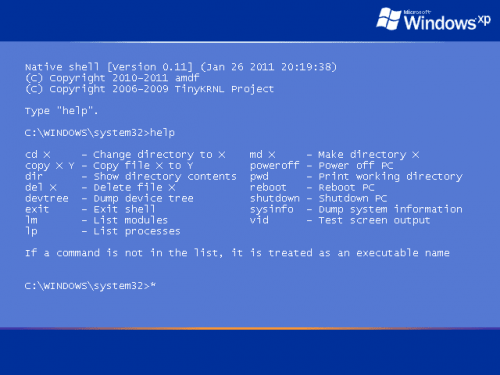
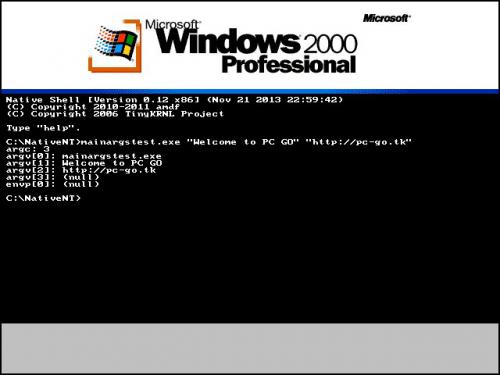
This program works even on Windows 10, and maybe will work on Windows Phone 8 (oh I need to try it).
Back to the topic.
Windows XP Update
So, here is video https://youtu.be/jqj621OCqcY?t=3005. Right in this moment (at 50:05) you can see upgrading process (Windows ME -> Windows XP). The screen resolution is 640x480x4 because it's Windows ME without video driver. After rebooting (50:41), you will see something. It's again Windows Setup window without mouse pointer. You can say: "well, it's normal windows update process". But it's not a Win32 application, it's Native Application again.
There are four factors that can prove me right!
1. at 50:40 you can see boot menu. There is entry called "Cancel Setup". I don't think that you can cancel setup if Windows can already start Win32 apps.
2. at 50:50 you can see how it draws everything. Usually it start desktop with blue background and mouse pointer at the center of the screen, but this time you see that these pictures were drawn immediately after clearing the boot screen. So, it's not even desktop, it's still boot screen.
3. why I should prove me right? You can try to start update and before running this step copy smss.exe and read details in properties. It's Windows Setup, not Session Manager.
4. (by maicolinux) Look at 52:07 in the video, you'll see how the screen changes instantly to the DOS-style setup because of an error.
So, what I tried to ask became a little bigger than I expected.
Is there was the same upgrade screen in Whistler? Could anyone check?
Additional Information
In this video you can see how it made in Windows 2000. It's still upgrade from Windows ME. So looks like it's just graphical cover for automated setup.
Upgrading ME to XP, but this video in better quality. You can see there is no "XP" text on logo.


